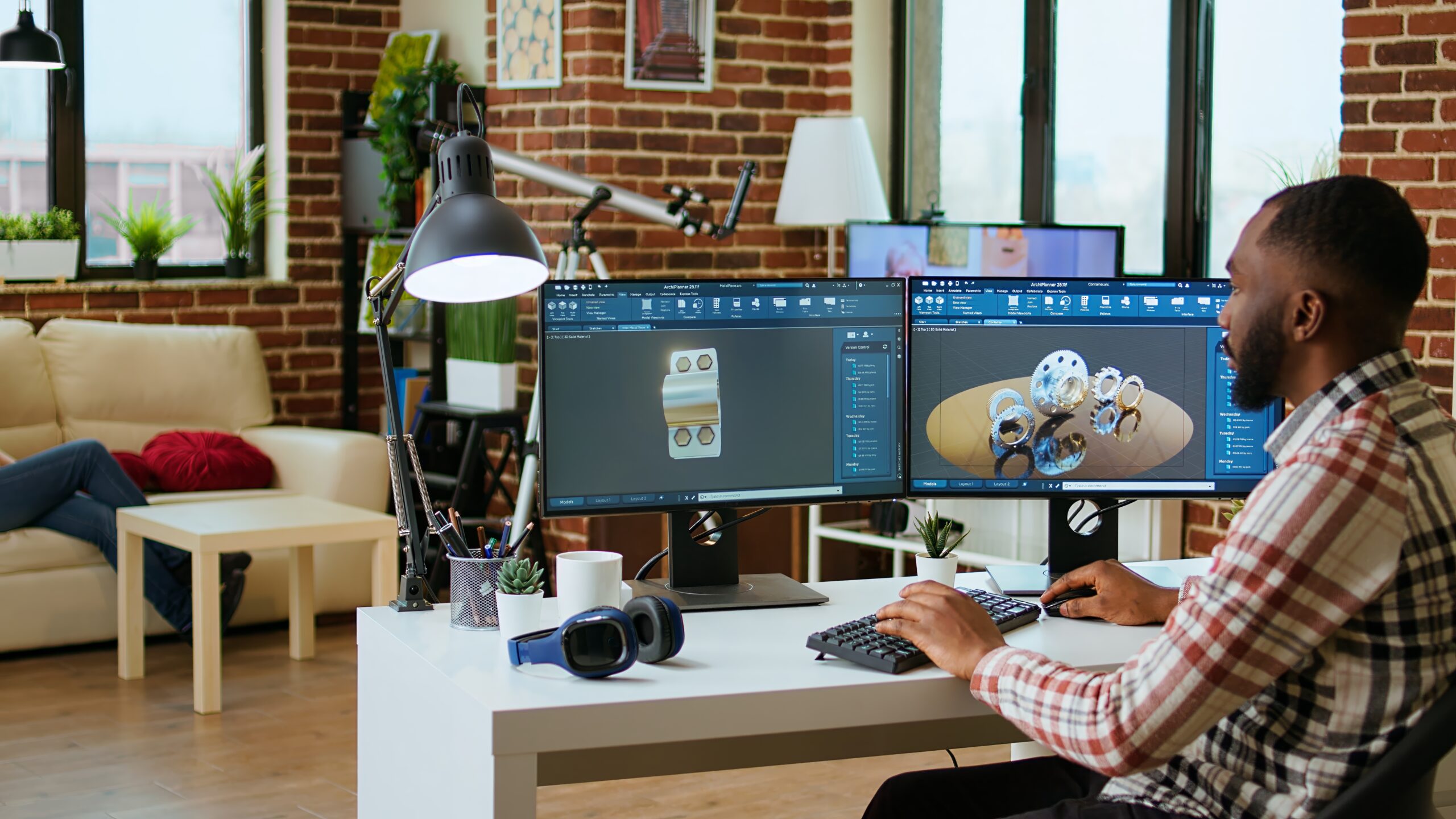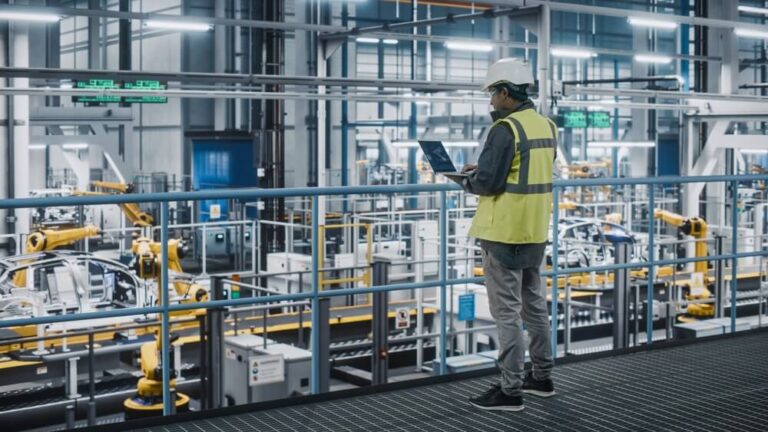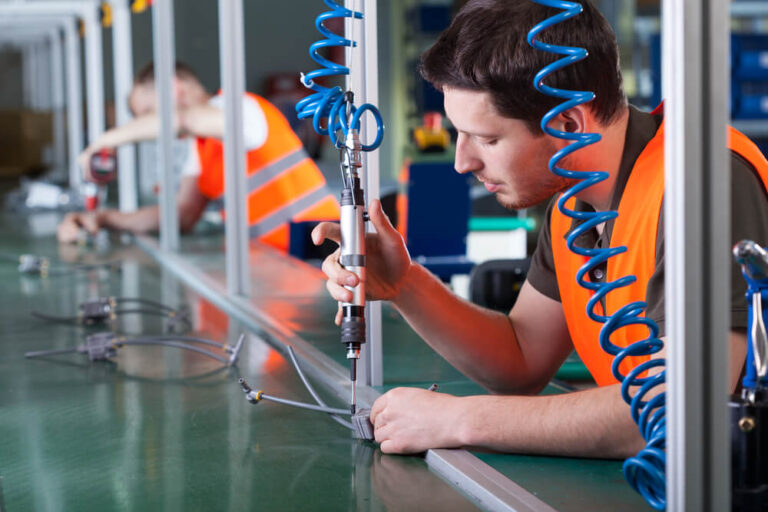The rise of hybrid work styles in various industries has reshaped workplace dynamics, but the manufacturing industry faces unique challenges in adapting to this trend. While some aspects of manufacturing require physical presence on the shop floor, there are some opportunities for flexibility in hybrid roles.
However, is hybrid work in this industry here to stay, or are companies wanting to bring employees back to the office? At Austin Nichols Technical Search, we want to further explore how hybrid work is impacting the manufacturing industry.
Understanding Hybrid Work in Manufacturing
Traditionally, manufacturing has been viewed as an inherently on-site industry. The nature of production, which requires physical presence to operate machinery, manage equipment, and maintain production lines, makes complete remote work impossible. However, technological advancements and innovative strategies are creating opportunities for hybrid work models that benefit both employers and employees.
Hybrid work in manufacturing isn’t a one-size-fits-all solution. While direct production workers need to be on-site, many roles within the manufacturing ecosystem can effectively embrace a hybrid work model. These include:
- Design positions that can alternate between on-site prototyping and remote design work
- Supply chain and logistics coordinators who can manage operations both remotely and in person
- Sales and marketing teams that can split time between client visits and remote coordination
- Administrative and support staff who can balance office presence with remote tasks
Additionally, design and supply chain management roles often involve digital tools and software. These tools can allow employees to work from home. Computer-aided design (CAD), enterprise resource planning (ERP) systems, and advanced analytics platforms enable manufacturing professionals to contribute without being physically present.
According to Visual Factories, remote monitoring and control technologies have also emerged, allowing professionals to oversee production processes from off-site locations, which is a huge advancement in the industry.
The Benefits of Hybrid Work in Manufacturing
According to Manufacturing Dive’s 2024 report, companies are increasingly recognizing that hybrid work models offer unique advantages. These arrangements help attract and retain top manufacturing talent while maintaining the critical in-person collaboration needed for innovation and productivity.
The hybrid approach addresses several key needs:
- Ensures essential on-site operations continue smoothly
- Provides flexibility that modern workers seek
- Maintains team cohesion through regular in-person interaction
- Reduces facility overhead costs while preserving production capacity
- Enables better work-life balance without sacrificing operational efficiency
However, Manufacturing Dive also states in their report that many companies are prioritizing in-person collaboration to maintain productivity, enhance teamwork, and foster innovation. This signals a trend in the manufacturing industry that suggests a shift toward bringing employees back into the office.
This move is driven by the hands-on nature of the industry and the need to address skill gaps. While remote work is feasible for certain positions, the broader manufacturing workforce is seeing a return to traditional workplace models.

Implementing Effective Hybrid Work Models
Manufacturing companies can successfully implement hybrid work through several key strategies.
Structured Hybrid Schedules
Structured hybrid schedules form the foundation of effective implementation, with clear designations of when employees should be on-site versus working remotely. For instance, manufacturing teams might work on-site during critical production phases and remotely during design and documentation phases.
Technology-Enabled Collaboration
Technology-enabled collaboration is essential for success in a hybrid environment. Companies should invest in tools that enable seamless collaboration between on-site and remote workers. Digital technology allows for virtual process monitoring, while remote monitoring enables oversight from any location. Virtual and augmented reality facilitates remote troubleshooting, and cloud-based CAD and simulation software supports design work from anywhere. Advanced analytics and AI platforms further optimize processes regardless of worker location.
Clear Communication Protocols
Communication protocols play a crucial role in hybrid work success. Organizations need to establish robust systems that ensure smooth information flow between on-site and remote team members. This includes regular hybrid team meetings that combine in-person and virtual attendance, comprehensive digital documentation systems accessible from anywhere, and real-time collaboration platforms for immediate problem-solving.
Role-Based Flexibility
Role-based flexibility should be tailored to specific job requirements. For example, production supervisors might work four days on-site and one day remotely for planning and documentation.
Essential Tools for Hybrid Manufacturing Work
The success of hybrid work in manufacturing relies heavily on having the right technology. Companies must adopt the right tools and technologies. Here are some essential options:
- Collaboration Platforms: Communication and collaboration tools like Microsoft Teams, Slack, and Zoom enable teams to stay connected and coordinate effectively. These platforms are particularly useful for hybrid manufacturing jobs that require regular updates and teamwork.
- CAD and Simulation Software: Manufacturing roles often require CAD and simulation tools to design and test components. Cloud-based solutions like AutoCAD and SolidWorks allow professionals to work on projects from anywhere.
- Supply Chain Management Tools: Remote work in supply chain roles is supported by software like SAP, Oracle NetSuite, and Kinaxis, which provide visibility into inventory, logistics, and supplier relationships.
- Virtual and Augmented Reality (VR/AR): VR and AR technologies are transforming manufacturing jobs by enabling employees to interact with virtual models of equipment and production lines. This approach is particularly useful for training, troubleshooting, and remote inspections.
While the manufacturing industry faces inherent challenges in adopting hybrid work styles, advancements in technology and innovative strategies have made it possible to offer flexibility for certain roles. Manufacturing jobs in design and supply chain management are becoming more common, supported by tools like CAD software, remote monitoring systems, and AI analytics.
However, the trend toward bringing employees back into the office reflects the industry’s emphasis on collaboration, skill development, and hands-on expertise. By embracing hybrid models, upskilling employees, and leveraging advanced tools, manufacturers can strike a balance between remote flexibility and operational demands.
If you are looking for help staffing manufacturing employees for your business, reach out to Austin Nichols today!










